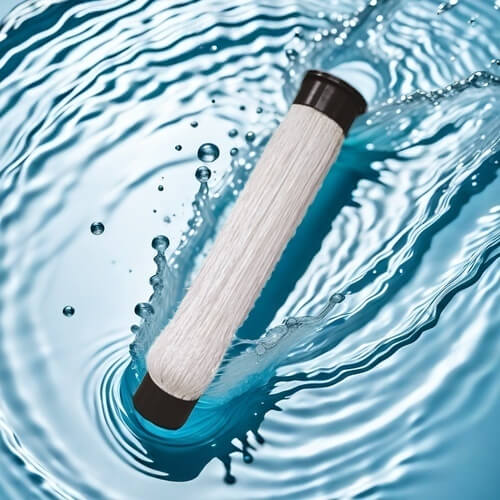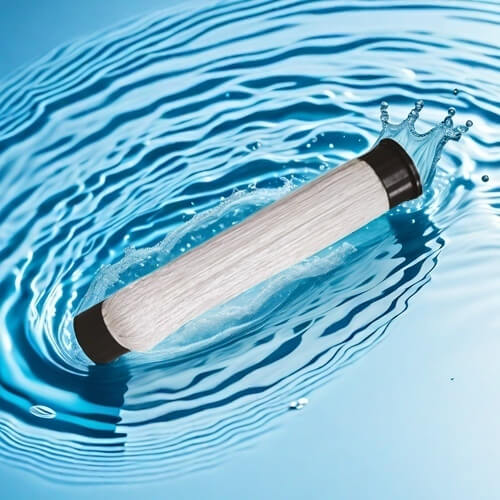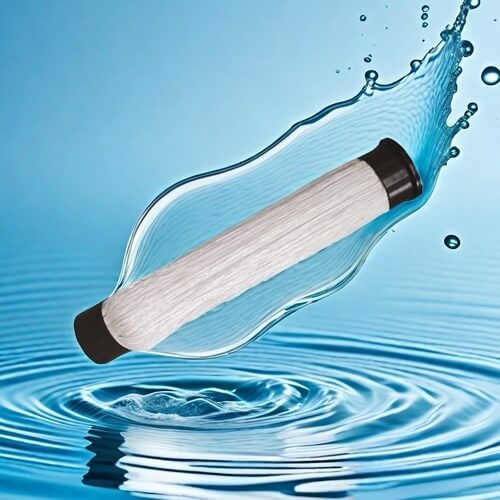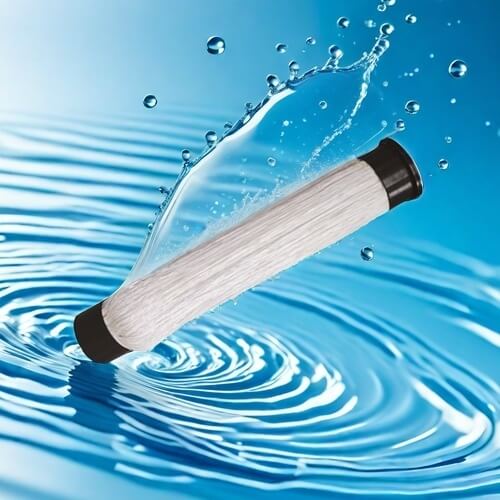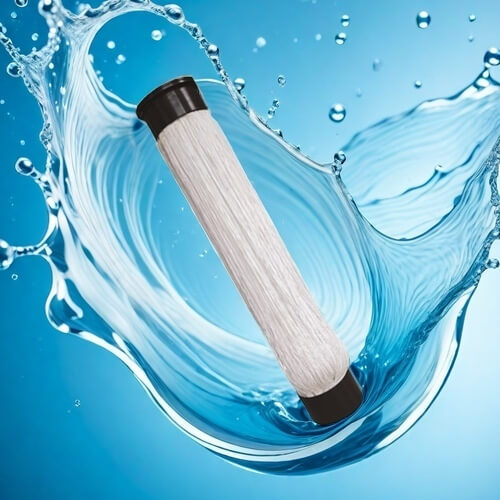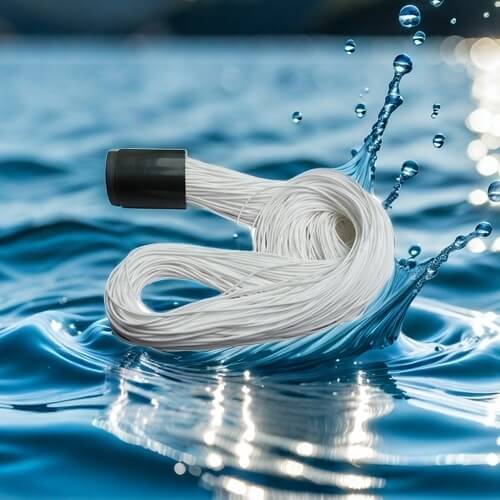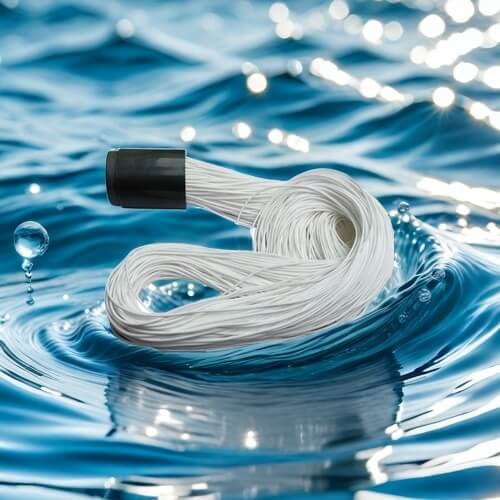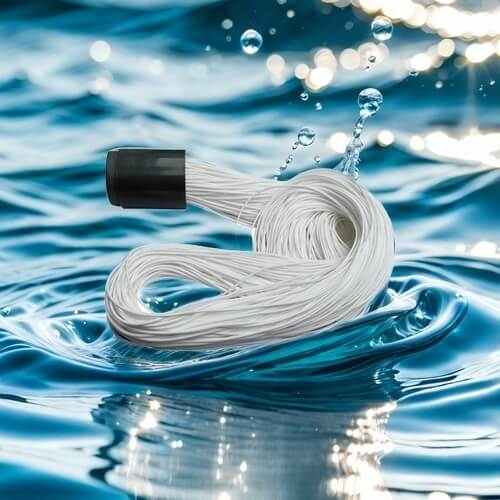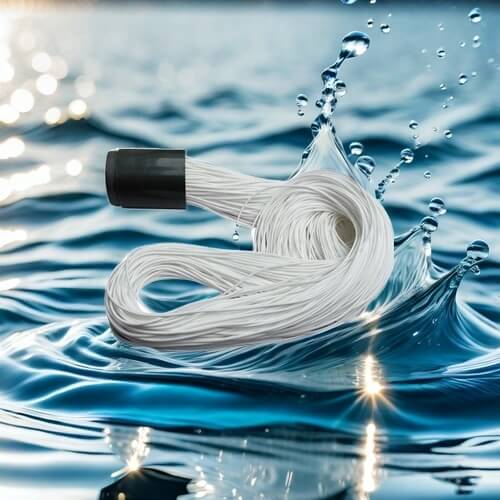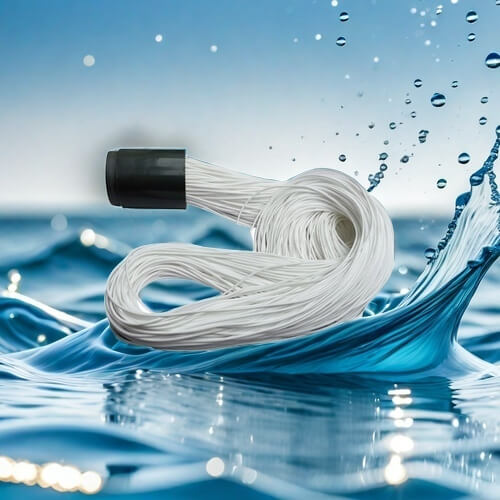Treatment technology of lipidated wastewater process
Treatment technology of lipidated wastewater process The lipidation wastewater treatment technology is a series of techniques and methods for effectively treating wastewater generated in the lipidation industry, such as animal fat processing, vegetable oil extraction, etc. This type of wastewater usually contains high concentrations of organic matter, oil, ammonia nitrogen, and other pollutants. The following […]
Treatment technology of lipidated wastewater process Read More »

